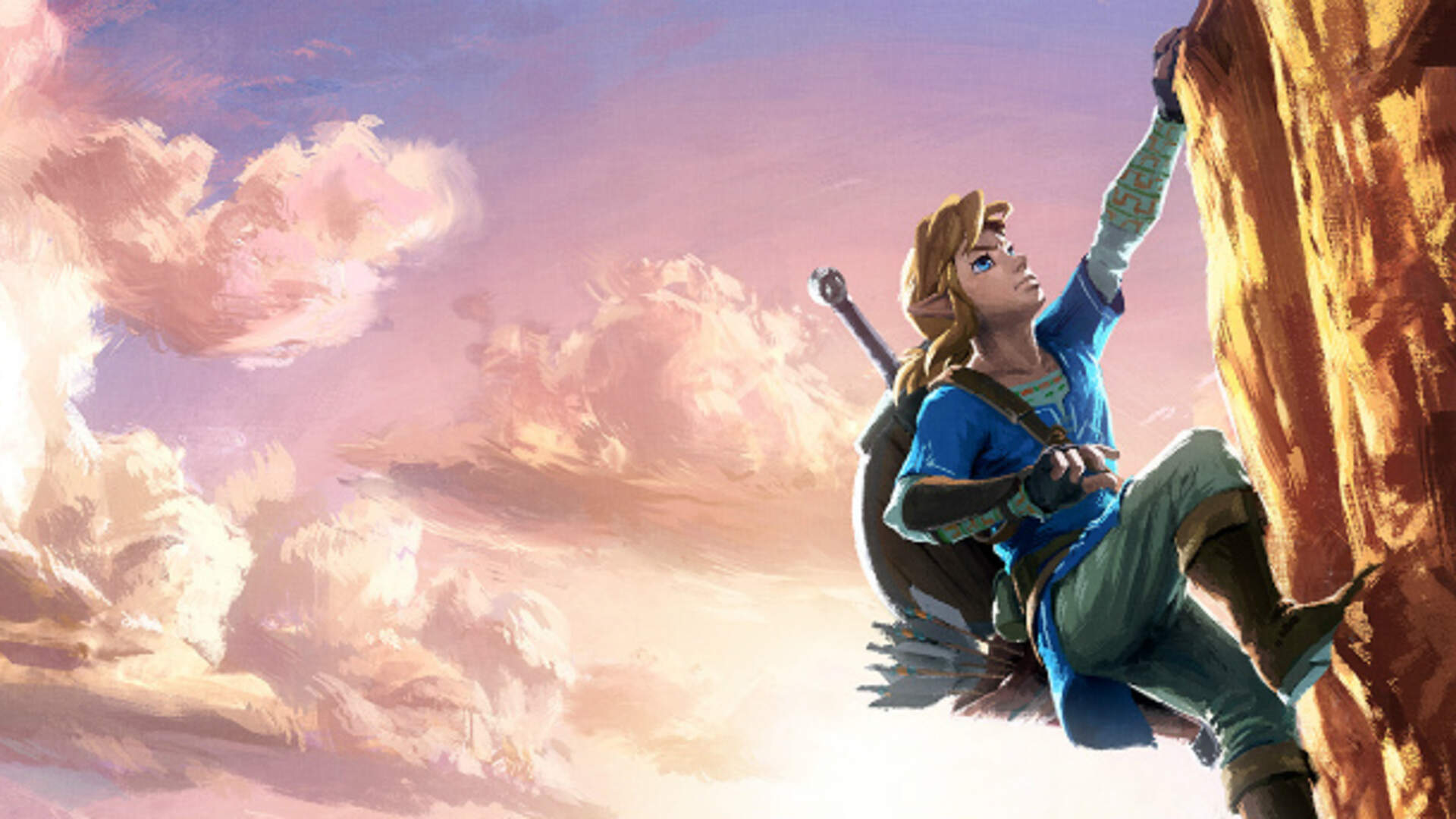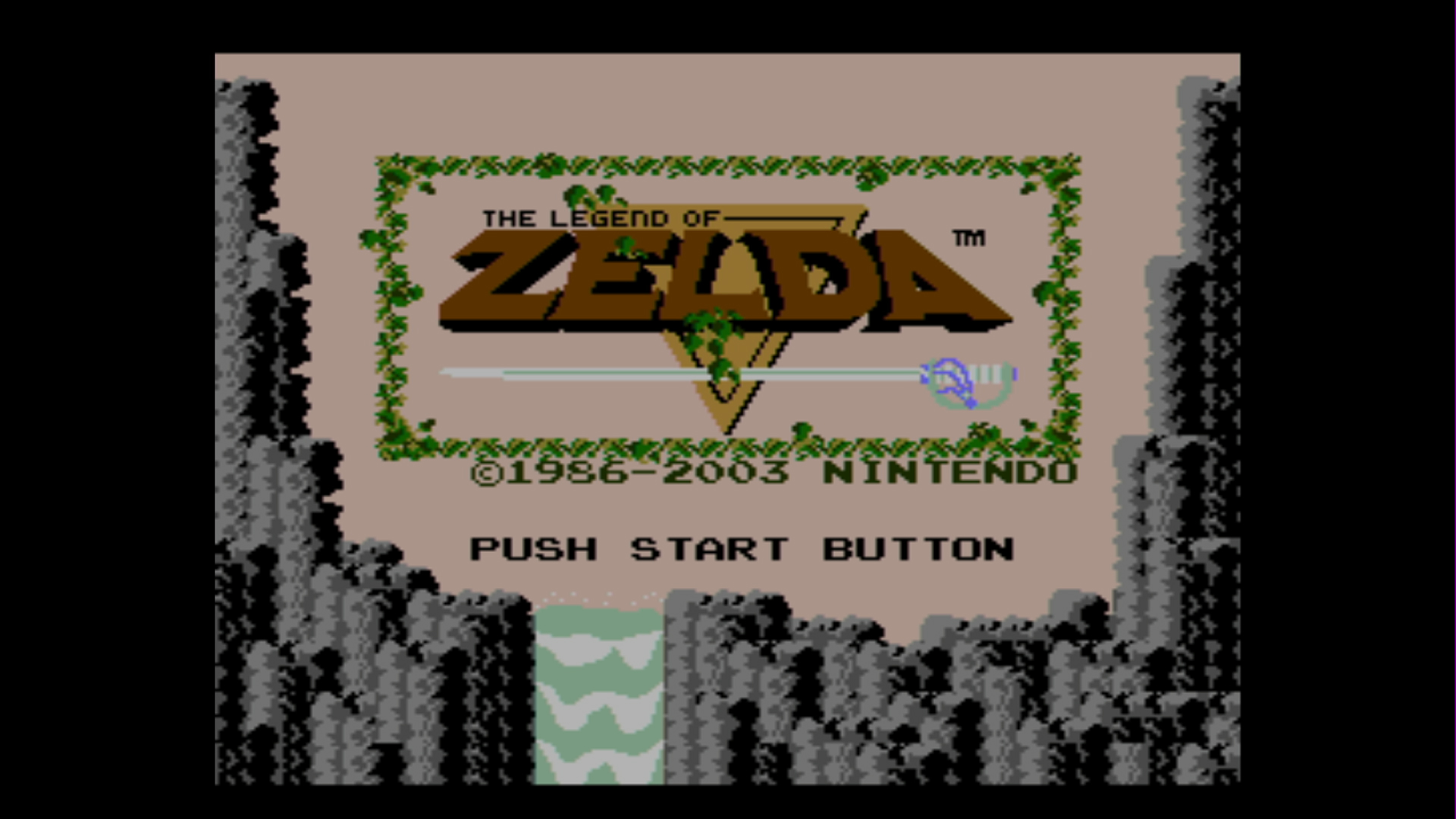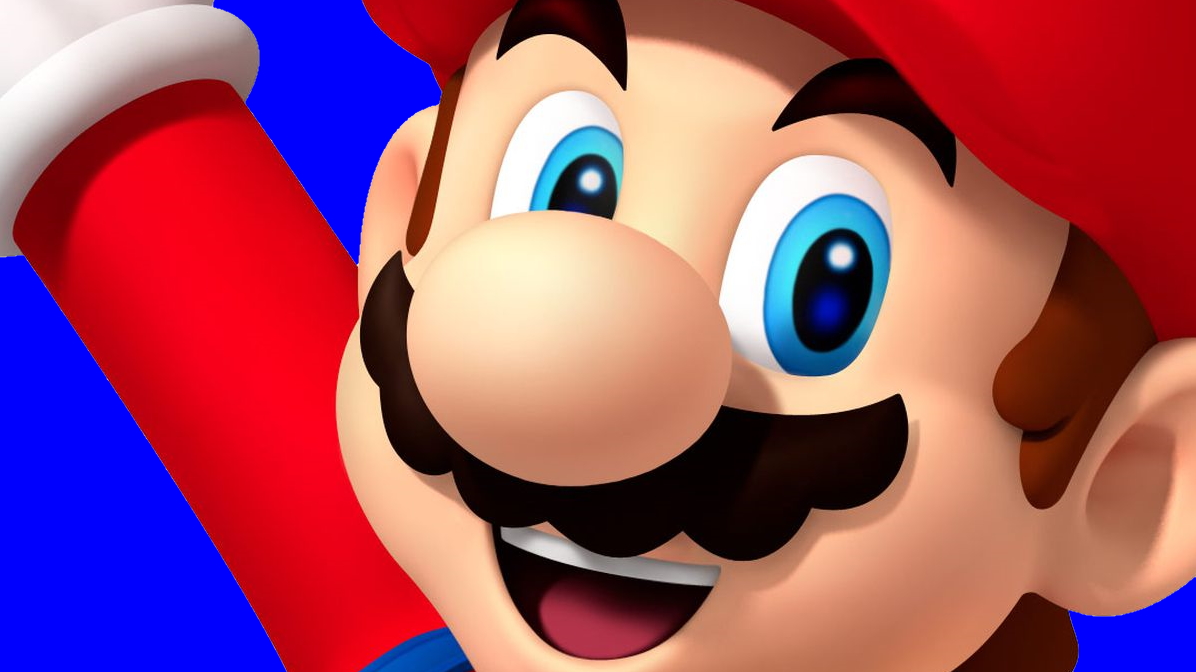How an 'Adventure Mario' project evolved to become The Legend Of Zelda
How Shigeru Miyamoto looked to his imaginative childhood to inspire what was then called 'Adventure Mario'

It was the morning of February 1, 1985, and Nintendo needed a hit. Shigeru Miyamoto, Takashi Tezuka, and Toshihiko Nakago were working on the first Mario game for the Famicom, and Super Mario Bros would be finished and released by September of that year. But one killer game was not enough for the Famicom, and its upcoming Famicom Disk System, to be a success: one style of game was not enough. This new title would be different. Work on what would become The Legend Of Zelda had begun.
Throughout February, Miyamoto and Tezuka sketched out a design for a new kind of game: where Mario was not linear and all-action, in this new project you could explore and mull over puzzles. Miyamoto and Tezuka worked together, sometimes on the same long piece of graph paper, drawing dungeons, an overworld and a fearsome menagerie of enemies: all of which were bound up in a folder labeled 'Adventure Mario'. Though Tezuka's role shouldn't be underestimated, the origins of The Legend Of Zelda are inextricably bound to Shigeru Miyamoto, and more specifically to the experiences of his childhood. Miyamoto was born and raised in the small town of Sonobe, in Kyoto – also the home of Nintendo – and by all accounts he was a curious child: poking into cupboards in the family home, rambling over Sonobe's fields and, very occasionally, finding something that he never expected.
In the book Game Over, author David Sheff spoke to Miyamoto about these explorations. "When I was a child, I went hiking and found a lake," Miyamoto said. "It was quite a surprise for me to stumble upon it. When I traveled around the country without a map, trying to find my way, stumbling on amazing things as I went, I realized how it felt to go on an adventure like this."
A Link to the future


Game over: How Nintendo Conquered the World, by David Sheff and Andy Eddy
One of the most notable absences in The Legend Of Zelda was an overworld map: in dungeons, Link could find a map to help him navigate, but above ground, the player had to rely on memory. Exploration is key to The Legend Of Zelda but, more than this, what infused every pixel was Miyamoto's curiosity. He remembered an especially unfamiliar cave. Young Miyamoto couldn't pluck up the courage to plunge in immediately but returned the next day with a lantern.
"The spirit, the state of mind of a kid when he enters a cave alone must be realized in the game. Going in, he must feel the cold air around him. He must discover a branch off to one side and decide whether to explore it or not. Sometimes he loses his way. If you go to the cave now, as an adult, it might be silly, trivial, a small cave. But as a child, in spite of being banned from going, you could not resist the temptation. It was not a small moment then."
Takashi Tezuka's influence on Zelda was more straightforward: he'd joined Nintendo in 1984, just before development began, and to Miyamoto's childhood fantasies wedded his love of traditional fantasy – specifically, JRR Tolkien's Lord Of The Rings. The rich world of Zelda is a patchwork quilt of mythologies: Peter Pan, King Arthur, and most of all, high fantasy. "Link is a normal boy, but he has a destiny to fight great evil," said Miyamoto. The game, and its creators, understood something fundamental. "Many people dream about becoming heroes."
It is not merely enough to find something: do you have the courage to go further? The Legend Of Zelda was known internally, at first, as 'Adventure' – the Mario moniker long since dropped. This game would have no high score to chase or discrete levels to power through. Miyamoto and Tezuka's drawings were of a giant open world, a land full of caves, lakes and forests that the player could explore from the get-go. It was filled with monsters and treasures and, most of all, filled with secrets. Walls that would crumble with a bomb blast; long grass that hid underground chambers; impassable waters that could be sailed with a raft; enemies that couldn't be defeated through brute force alone. The ideas were ambitious: initially so ambitious that Zelda was to be made for the much more powerful arcade machines of its day. But Nintendo's focus as a company was shifting: until the Famicom home console, their most successful games had been arcade cabinets like Donkey Kong.
Sign up to the GamesRadar+ Newsletter
Weekly digests, tales from the communities you love, and more
The company was introducing the upgraded Famicom Disk System, an add-on that allowed players to use floppy disks that could be erased and rewritten with new games, and it needed a launch game. The Legend Of Zelda was set to be that flagship: the game, and the Disk System, were released in Japan on 21 February 1986. It had the unwieldy title The Hyrule Fantasy: Legend Of Zelda, but for its western release, 17 months later, this was simplified. The Disk System allowed for several tantalizing features, one of which sealed Zelda's greatness: saving. This was one of Zelda's key innovations, most games of the time relying on password systems, though when it reached the west, the game was in cartridge format, the first ever with battery-powered RAM for saving progress. Saving wasn't just an innovation: it also differentiated Zelda from arcade games, which were 'fire and forget'. In those days, home consoles couldn't approach the visuals of arcade games, but this was something an arcade game simply couldn't offer. Persistence. Progress. Permanence.
Lists and Links


Listing Zelda's innovations today risks underselling the achievement of Miyamoto, Tezuka and the rest of Nintendo's remarkable development team. Its open world, difficulty and even the concept of exploration were alien to gaming. Miyamoto said he wanted to give players "a miniature garden they can put inside their drawers" and, to that end, its open world really was open – a massive 128 screens, and eight dungeons that could be completed in any order: players ended up exploring because they were unsure where to go next, a new kind of freedom. A new challenge.
It was such a change from the norm that Nintendo worked with a publisher on a 'tips and tricks' book, perhaps the world's first video game strategy guide, and the Nintendo hotline had dedicated Zelda staff. The most-asked question was about a Goriya, a monster with a badly-translated line of dialogue: "Grumble Grumble." What could you do? The answer was simple when you knew: it needed feeding. Callers would be asked what they'd do if their stomach was rumbling. It's not GameFAQs or YouTube, is it? Zelda's creators were not sure what the reaction would be to a game that demanded such a patient approach: "The Legend Of Zelda was our first game that forced the players to think about what they should do next," recalled Miyamoto. "We were afraid that gamers would become bored and stressed by the new concept. Luckily, they reacted the total opposite."
What is most remarkable about The Legend Of Zelda now is how fully formed it was: it created a template that the series has followed since with spectacular results. The dungeons and items, the progression and even the bare story outlines – all now seem as inevitable as the morning. Even the enemies were all there: rock-spitting Octoroks, burrowing Leevers that burst from the sand, boomerang-tossing Goriyas, Gibdo mummies, Peahats with weird propeller heads floating, the Stalfos skeleton warriors, Tektites skittering and hopping around, and Moblins – the grotesque and deadly spear-chucking army of Ganon. And the strangest, most unsettling foe of all was the Wallmaster – a disembodied, ghoulish hand that would grab Link mid-dungeon and deposit him back at the start.
And there is Link himself: one of the greatest characters in the world of gaming. His naming was chosen to indicate that the character is a blank slate, a largely mute adventurer defined by the actions of the player – their own presence and door into the game world. Link is a character, but he's much more of an avatar of the player – Miyamoto wanted players to envision themselves in this exciting world, rather than another bug-eyed cartoon character. Players shouldn't just control Link: they should see a part of themselves, whether a curious child or a wide-eyed adult.
The Legend Of Zelda, a series that has enjoyed almost 40 years in the spotlight, is many things. Loved by critics and players of all ages alike and selling in the millions, it's now arguably the most brilliant jewel in Nintendo's crown and a cultural phenomenon: you can hug a Link plushie, buy a replica of the Ocarina Of Time, or hear an orchestra play its music in the grandest concert hall. However, people love The Legend Of Zelda – and that's not too strong a word – for a different reason. They love it because, more than any other game, and from its beginnings, The Legend Of Zelda embodied something that everyone wants, something that simply being human makes you ache for. It's an awfully big adventure.
Keep up to speed with all of our celebratory Zelda coverage with our The Legend of Zelda celebration hub
Richard is an experienced games journalist with over 15 years of experience. Currently the News Editor at PC Gamer, he has also written for Edge Magazine, Ars Technica, Eurogamer, GamesRadar+, Gamespot, the Guardian, IGN, the New Statesman, Polygon, and Vice. He was also the editor of Kotaku UK once upon a time. He also wrote the Brief History of Video Games, a full history of the medium.


